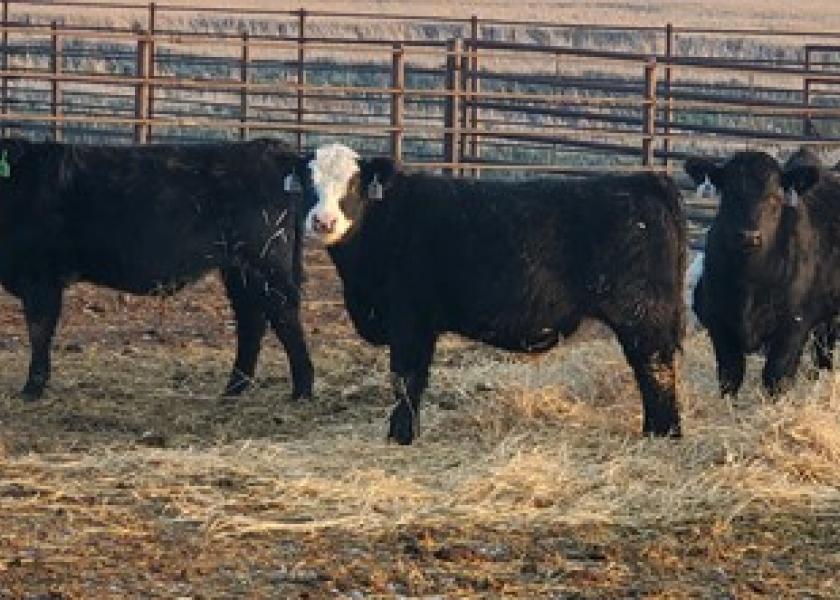As we move into late summer and early fall, we begin think about weaning time. Weaning can be a stressful event and there are some techniques such as fence line weaning to reduce that stress, but the focus of our discussion today is feeding those weaned calves.
Stressed calves and calves that are not used to a feed bunk do not readily consume feed. Getting those calves on feed is critical, requiring a good diet and proper feed management.
Early weaned calves have additional requirements to consider.
A starter diet should include feeds that calves are familiar with such as hay and highly palatable feeds such as dried distiller’s grains.
Feeds such as corn silage are great for growing cattle but can turn calves off from eating because it has a different smell and taste. Silage can be incorporated slowly after calves are eating well.
Feed needs to be delivered in a manner that encourages feed intake. A good way to do this is to provide feed in an open bunk perpendicular to the fence line. An open bunk does not require calves to put their head into or through a stanchion that might hinder feed consumption. Placing the bunk perpendicular to the fence line requires bawling calves to walk into the bunk when pacing the fence.
One important consideration for backgrounding calves is to assess feed resources. Home grown forages and grains are typically used, but purchased feeds can also be used.
An assessment of the quantity and quality of feeds needs to be completed to know whether enough feeds are available for the entire length of the backgrounding period and to formulate diet to meet the production goals.
Feeding calves to achieve the correct weight at the correct time is critical for marketing and profitability.
There are a couple of methods to formulating diets for backgrounding calves.
One method is to formulate a diet with greater than 50% forage which is fed to appetite. This method requires less management and equipment. This method can be implemented with a predetermined amount of grain feed in bunk and free-choice hay, but may have better results as a totally mixed ration fed in a bunk.
The second method is to formulate a diet with less than 50% forage which is fed in limited amounts. The advantage of this method is that high energy feeds, which are typically less expensive on a per unit of energy basis, are used reducing the cost of gain. However, this method requires more intensive management in that diet formulation needs to be more precise and correct feeding management in the form of bunk space and accurate feed delivery.
Implementation of the limit-feeding method necessitates the use of a totally mixed ration and feed mixing equipment.
Backgrounding fall-weaned calves instead of selling calves at weaning can have a couple of drawbacks that can be overcome with time.
Calves will likely lose weight during the first few days after weaning due to stress and reduced feed intake. Getting calves to regain the lost weight will have a high cost of gain requiring a backgrounding period long enough to reduce the overall cost of gain.
Additionally, as the fall run of calves gets into full swing, the price of calves will decrease requiring calves to gain enough weight to more than offset the reduced price.
Thus, deciding on the proper market time and weight are necessary to profit from backgrounding, which will influence the diet and feeding program necessary to meet those goals.
Source: Drovers, The Beef Cattle Institute, August 23, 2023
Photo: North Dakota State University









